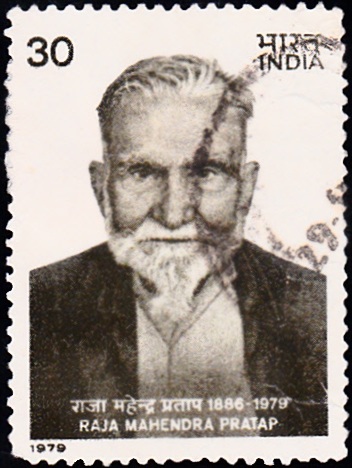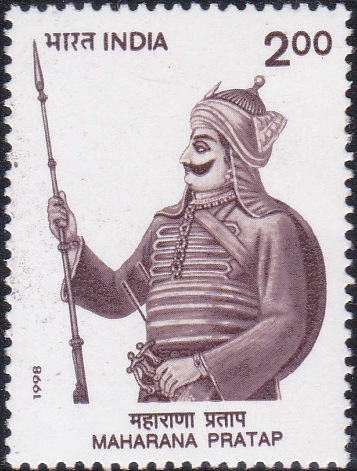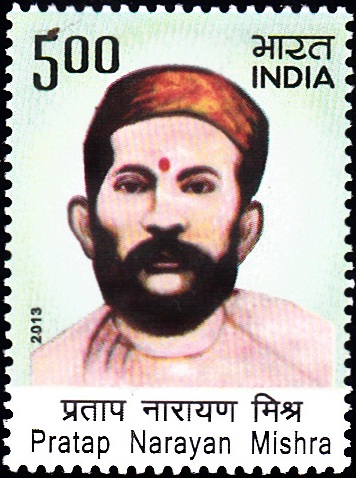
Raja Mahendra Pratap
A commemorative postage stamp on Maharaja Mahendra Pratap Singh, an Indian freedom fighter, journalist, writer and revolutionary, President of first Provisional Government of India in Kabul, Afghanistan :
Issued on Aug 15, 1979
Issued for : Indian P & T Department salutes the memory of a revolutionary son of Mother India by issuing a commemorative postage stamp of 30 Paise denomination on the anniversary of Independence.
Description of Design : The design of the stamp is vertical and depicts a portrait of Raja Mahendra Pratap.
Type : Stamp, Postal Used
Colour : Raw Sienna
Denomination : 30 Paise
Overall size : 3.91 X 2.90 cms.
Printing size : 3.55 X 2.54 cms.
Perforation : 13 X 13
Watermark : Unwatermarked (Adhesive Indigenous)
Number printed : 30,00,000
Number per issue sheet : 35
Printing process : Photogravure
Designed and printed at : India Security Press
Name : Mahendra Pratap Singh
Born on Dec 1, 1886 at Mursan, Aligarh, Uttar Pradesh, India
Died on Apr 29, 1979 at New Delhi, India
About :
- Raja Mahendra Pratap was a revolutionary and a patriot with an indomitable zeal for India‘s freedom. Born on 1 December 1886 at Musran in Aligarh District of Uttar Pradesh in the well-to-do family of Raja Ghanshiam Singh, he was a rare prince who voluntarily chose the path of a wandering pilgrim in quest of freedom of his motherland.
- Spurred by the conviction that freedom was not possible without revolutionary struggle and revolutionary struggle was not possible from within the country, he left India in 1914. For the next three decades he relentlessly strived to arouse the conscience of world community to help India free herself from the foreign yoke.
- In 1915, through Germany and Turkey, he made his way to Afghanistan. That year in Kabul, along with other Indian revolutionaries he established Provisional Government of Free India. He was the President and Maulana Barkatullah was the Prime Minister. It was, however, an exercise tinged with disappointment and had a brief life. While in the United States, he worked in cooperation with the Hindusthan Ghadar Party. He was sent as their emissary to Tibet to organise a revolt against the British. In his wide-ranging travels spanning three decades and three continents, from America through Europe and Russia to China and Japan, he met with disappointment in his quest for foreign help in India‘s struggle for independence. As a result, he turned his energies to establishment of a world federation based on his belief in the essential unity of all religions and equality of all races. In his later life, he came under the spell of Mahatma Gandhi and accepted the Gandhian philosophy of non-violence.
- He was also an educationist who believed in vocational training for the youth. In 1909, he started a technical college at Vrindaban in Uttar Pradesh. A frequent contributor to various Indian papers, he founded a monthly journal, the ‘World Federation‘ in 1929. He was elected a member of the Lok Sabha (lower house of Indian Parliament) from 1957-62. He passed away in New Delhi on 29 April 1979 at the age of 93 after a very eventful life.








Dear Ainy,
You are doing a great job as a hobby. Keep it up, I will see if I have some old stamps. Thanks,
Jagbir Singh, Jaipur
Thank you, Mr. Jagbir Singh.